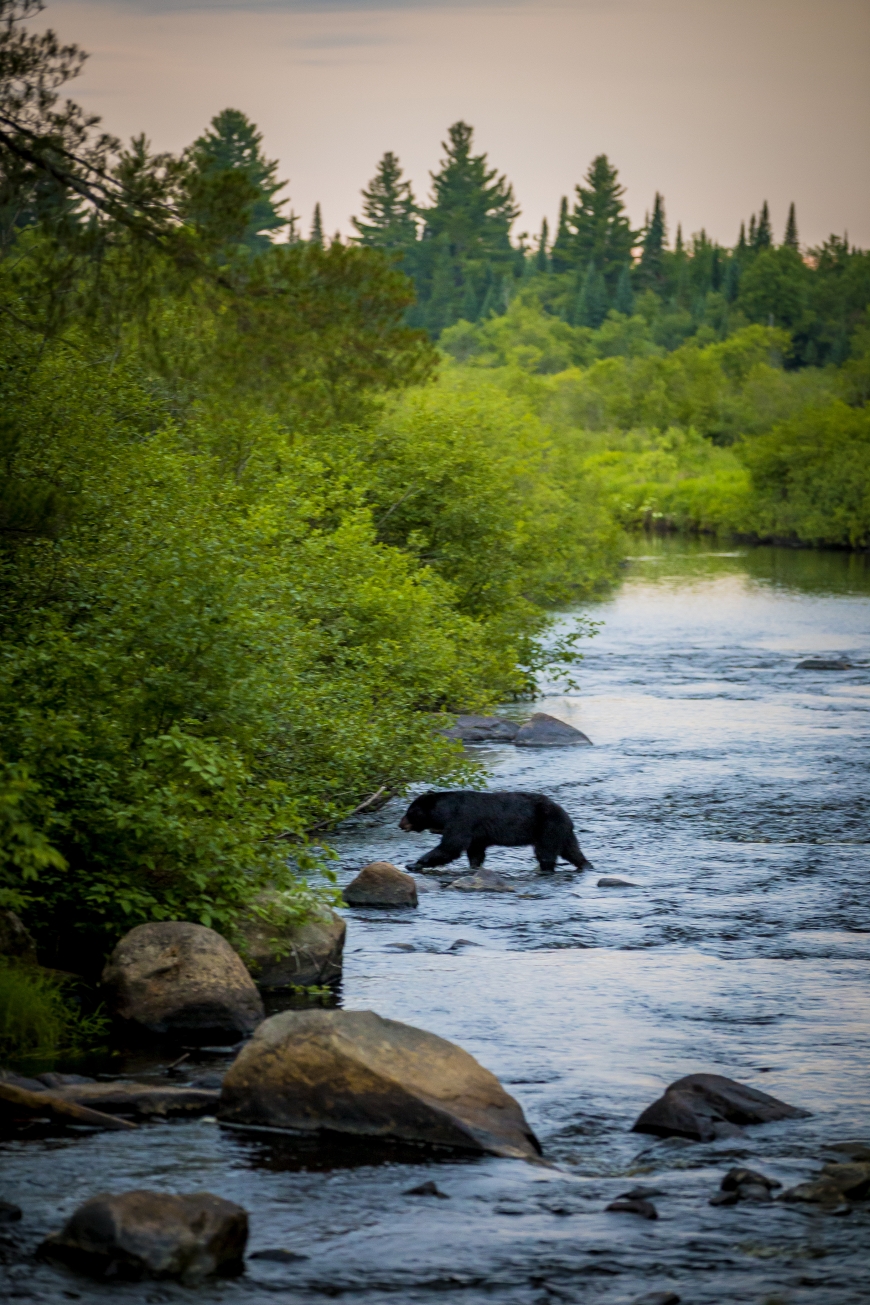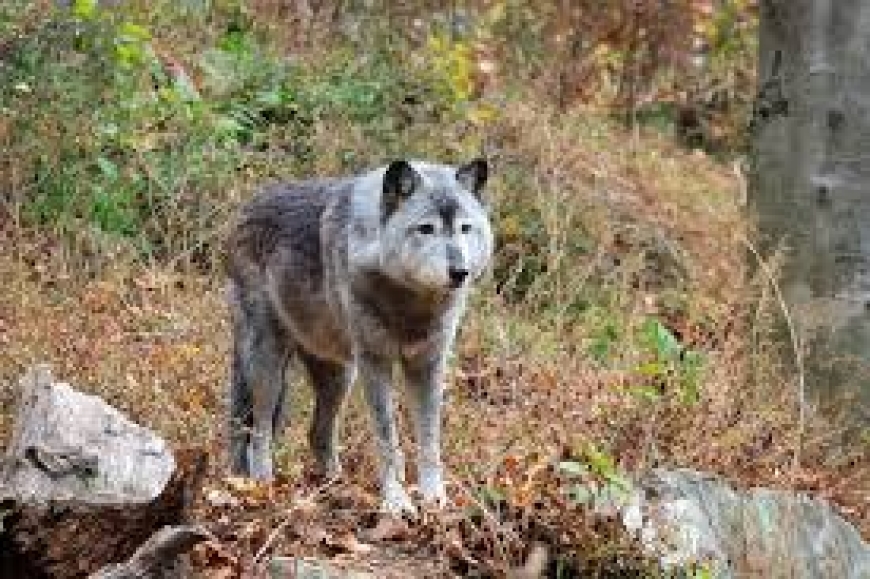



Black and Grey: The current and lost predators of the North Country
One of the defining characteristics of the North Country is its connection to the natural world. If it weren't, Nature Up North wouldn't exist, and that is a timeline truly too dark to imagine. The animals that inhabit the North Country play a huge role in defining the region's character. From the iconic white-tail deer, whose presence has earned them a place on the St. Lawrence County seal, to the mighty but rarely seen eastern black bear whose image is plastered across the region, wildlife is truly an inseparable part of our home. However, this often clashes with another critical part of the region- the people.
Since the large-scale settlement of the region in the early to mid-1800s, the relationship between people and the local wildlife has been, how would you say, like a marriage. There have been lows and highs and a lot of arguing over every issue you can imagine. Nowhere is this more evident than with the state's top predators, the bear and the wolf. Both of these were fervently hunted in the early 19th century for their fur, but mostly to keep livestock safe from predation. In recent years, both have been used as examples and symbols of the progress the NoCo has made in conservation. But, to better understand our relationship with these animals, let's dig through some history and examine the stories that reveal how our current culture around these wildlife species in the NoCo came about.
Our first story comes out of the town of Stark, a collection of residences south of Colton that I’m sure many NoCo locals haven't even heard of. And if you think it's remote now, just imagine what it was like back in 1892. In July of that year, a local man named Stanard Butler was walking through the woods when he happened upon a bear that had been spotted in the area over the past few days. The bear saw Butler and began to charge, at which moment a fellow hunter, Adam Garlow, happened upon the scene and shot the bear. The bear went down, and Adam shot the bear two more times just to be sure it was out cold. However, upon doing this, the bear rose to his feet and ran off into the woods.
The next day a hunting party combed the woods but no bear was found. According to the Courier and Freeman, an old newspaper that used to service the area, “All who have seen this bear pronounces him one of the largest they had ever saw and the glory of capturing him is still to be gained.”
At the time of this event in 1892, New York was a very different place. According to a bear hunting form in 1986 recounted in Courier and Freeman, about 90% of the once-forested land had been cleared, and the black bear had been listed as a varmint. Meaning it could be killed anywhere anytime. Subsequently, the bear population dropped to as low as 1000 bears. By 1903, the creation of forest preserves and a ban on bear hunting had stemmed the population decline. At the time the article was written in 1986, the total bear population for the state was estimated at 4,500. Today, the population is estimated to be 7,000 bears, thanks to habitat expansion and conservation efforts.
The story of the black bear is one of the best in the North Country, and we can be proud of the actions we took to make sure this amazing animal survives and thrives alongside us. However, the same cannot be said for another apex predator, the wolf.
One of the more enduring animal legends in the North County is that of the wolf. In the early 1800s, Grey wolves (like those found in Northeastern Canada today) roamed New York and much of the Northeast. However, much like the fate of the bear, deforestation, human encroachment, and unrestricted hunting wiped out their numbers. By the late 1800s, wolves had been driven from the area entirely, with some of the last wolves being seen in the 1890s around an area outside of Hermon, which would be called Wolf Lake and is a State Park today. Ever since then, tales of wolves still seen roaming the forests of the NoCo have purveyed from the mouths of old mountain men and hunters alike. One Courier and Freeman article from 1923 talks of a Wilmington man whose supposed wolf kill at the base of Whiteface Mountian was heavily debated. Another from the Ogdensburg Journal of 1949 tells of a similar story out of Waddington, where there was dissent over the 41-pound animal's true identity.
In recent years, this discussion has been rocked by several confirmed cases of wolves in the region. Two wolves were confirmed in northeastern Vermont in 1998 and 2006. In New York, one wolf was killed in 2001, and another in 2021, both in the Southern Adirondacks. This has kept the wolf discussion alive in hunter and conservationist circles, with some eager to see the wolf back in its old habitat. Such individuals point to the keystone theory, which says that certain top predator species in an ecosystem (like wolves) are ‘keystone species’ in that, their presence keeps not just the animal population in check, but keeps the entire ecosystem in balance. With many pointing to the re-introduction of wolves into Yellowstone National Park as evidence to support this claim. While others are skeptical of the practicality of a full-scale return of the wolf. So far, the state DEC has not launched any initiatives regarding wolves in the state, other than to remind hunters of wolves' status as an endangered species, and so to be careful to not misidentify species when hunting coyotes.
Get a closer look at the black bear encounter posted by Jennifer Oconnell by clicking this link!

